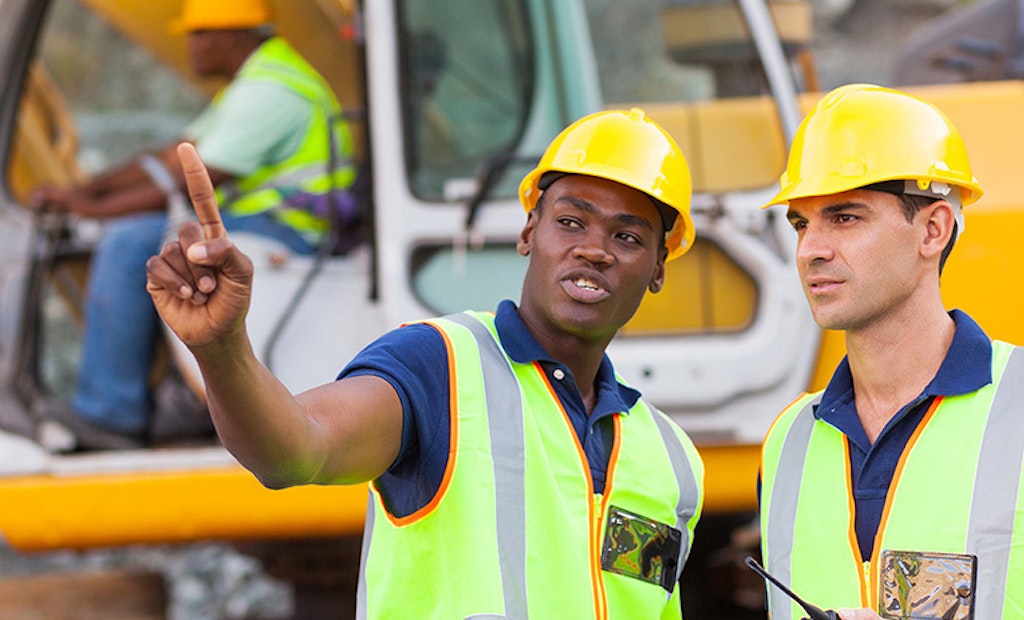In the workplace we often hear about “unsafe acts,” defined as any activity by workers that is not in accordance with the prescribed safety standards, and which can cause or is likely to cause accidents, risk for self or others or damage to equipment or property at the...
Every Employee Has a Role in Mitigating Unsafe Conditions
Popular Stories
Discussion
Comments on this site are submitted by users and are not endorsed by nor do they reflect the views or opinions of COLE Publishing, Inc. Comments are moderated before being posted.






